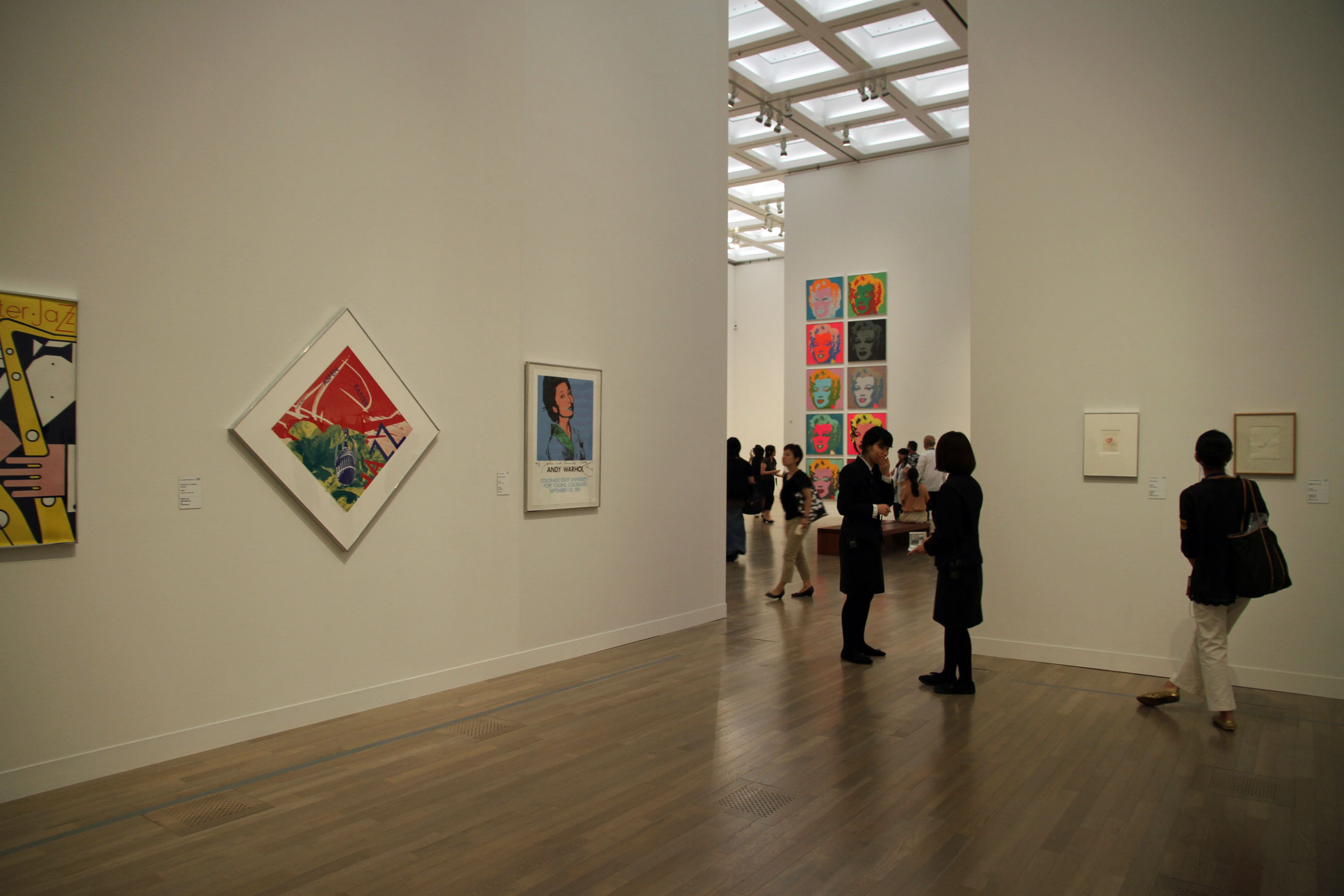Brash, bold and unabashedly low-brow, much of Pop Art took inspiration from the imagery of popular culture to forge what many consider to be the preeminent art form of the mid-20th century.
Starting from the 1960s, art buyers John and Kimiko Powers amassed what has become one of the largest collections of American Pop Art. About 200 pieces from this collection are currently on show at the National Art Center, Tokyo. Although the title, "American Pop Art From the John and Kimiko Powers Collection," reminds us of its unavoidable U.S.-bias, like any exhibition structured around a single collection, the show runs the risk of presenting a distorted image of its subject. Visitors will have to remind themselves of the fact Pop Art was flowering in Britain before it did in the United States, and of the considerable connections and shared ideas across the Atlantic that subsequently developed.
The Powers adorned their Colorado home with the choicest selections of works by their Pop artist friends, not least of whom was Andy Warhol. His mass-produced silkscreen prints typify the Pop Art aesthetic and mark the distance American art had traveled from the physicality, and perceived elitism, of Abstract Expressionism — the style that had reigned supreme over the previous few decades.



















With your current subscription plan you can comment on stories. However, before writing your first comment, please create a display name in the Profile section of your subscriber account page.